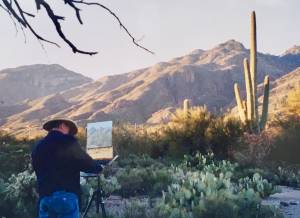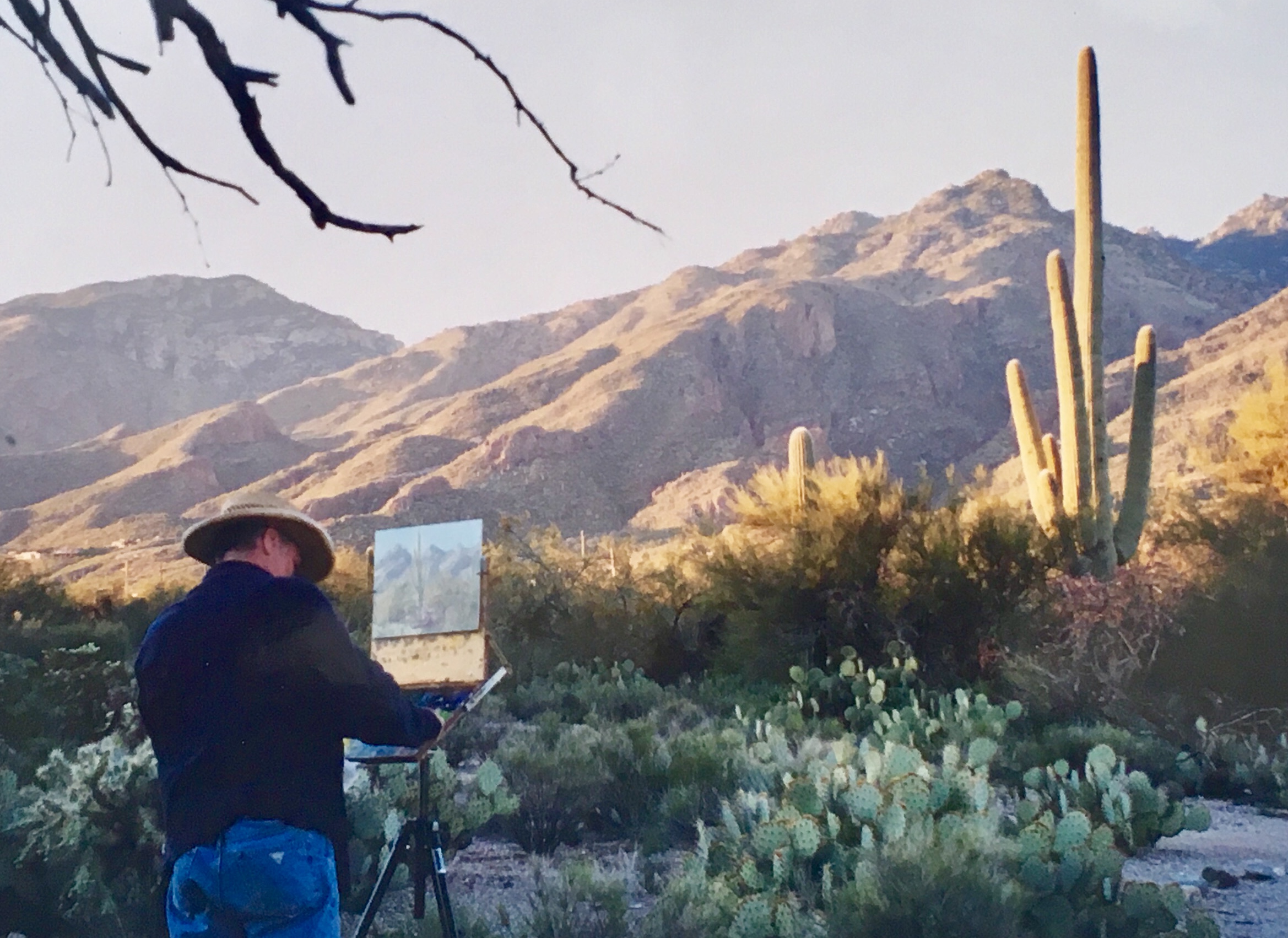 (Excerpted in part from Losing Control, Finding Serenity: How the Need to Control Hurts Us and How to Let It Go)
(Excerpted in part from Losing Control, Finding Serenity: How the Need to Control Hurts Us and How to Let It Go)
If you really want to release your creative juices, try letting go of control. Don’t overthink and overanalyze, press too much, or strive for perfection with your creative endeavors. Such controlling means can severely inhibit the creative flow whether it be art, dance, writing, or composing—even cooking and gardening—because they restrict freedom of thought, of motion, and ultimately, the connection with one’s soul center.
As you begin to loosen your grip, the creative process becomes highly engrossing—even spiritual, for many—as freedom and openness of ideas and process seamlessly gel with knowledge and technique to produce original works of beauty and meaning.
In short, creativity flourishes with “opening up,” and control “closes down.” We must learn to give up creative control in order to fulfill our creative potential.
Here are four effective ways in which to let go of control in your creative endeavors.
1. Lessen Your Intensity. When you work on a creative piece or project too intensely or for too long a time, your artistic vision is easily obscured. There are things you literally can’t “see,” including the broader vision for the piece. Visual artists will tell you that when they put a work away for weeks or months and then bring it out again, they can readily note its compositional or other deficiencies. So it is important to find ways to relax and take it easy. Make yourself a nice lunch. Read an interesting article. Exercise. And don’t be so serious. In other words, just let go and have more fun.
2. Diversify. Be sure to diversify creatively. Move from one creative arena to another. You will find this enhances both. I call this “creative cross-pollination.” I often go from my writing at my computer desk to my paint easel, and back again. It frees me up and stimulates fresh ideas and approaches. Hence, if you are a nonfiction writer, compose a poem. If you are stuck composing a musical piece, start another one—or better yet, try “drawing” what you imagine it would look like if it were a visual work. Do you get the idea?
3. Maintain Realistic Expectations. Overly high expectations lead to creative control. By making the “stakes” too high, you are prone to press too much or be too cautious, either of which dampens the creative flow. Things stop gelling and flowing naturally, you stop acting intuitively, and your piece suffers. As a painter, I have had many paintings that started out great, after which I raised my expectations, only to have the works falter as I pressed to maintain their high level.
Artists love to share about those wonderful “accidents” that unexpectedly occurred in a work. They will occur more frequently when you don’t set your expectations too high. Indeed, beginners often start out with a bang precisely because they had little expectations.
To practice moderating expectations, take contrarian actions. For example, start a work with the specific intention of throwing it away or not completing it. If you’ve had a masterful beginning to a work, rather than worrying whether you can maintain its high level, take a few moments to be grateful for your wonderful beginning, and then reduce your expectations for the finished piece.
4. Don’t Overthink. Thinking too much or overanalyzing about what should be done to a creative work restricts its creative flow. It makes you too cautious and afraid to take creative risks. To overcome this common tendency, place time limits on your sessions. When there is little time to plan or think, you will be more creative. Life drawing instructors, for example, sometimes allow students only 60 seconds for a short sketch—frequently with remarkable results. Thus, if you are a writer, try writing an article or short story in just 30 minutes. If you are a dancer, try to choreograph your steps in just five minutes.
Another useful technique is to start a work with absolutely no preconception for it. For example, if you play an instrument, just let the notes or keys flow. If you are a painter, indulge yourself in the physical process of moving thick paint around a canvas; or if you are a sculptor, enjoy the tactile textures of molding clay.
If you practice these “decontrol” tools, you will expand your creative horizons considerably because you will be engaging the creative currents in a more intuitive and expansive manner—and perhaps just as importantly, you will find greater joy in the creative process itself.
In the meantime,
Let It Go–and Accept “What Is!”
Danny
*If you enjoyed this post, please “like it” on your Facebook page and share it with others

